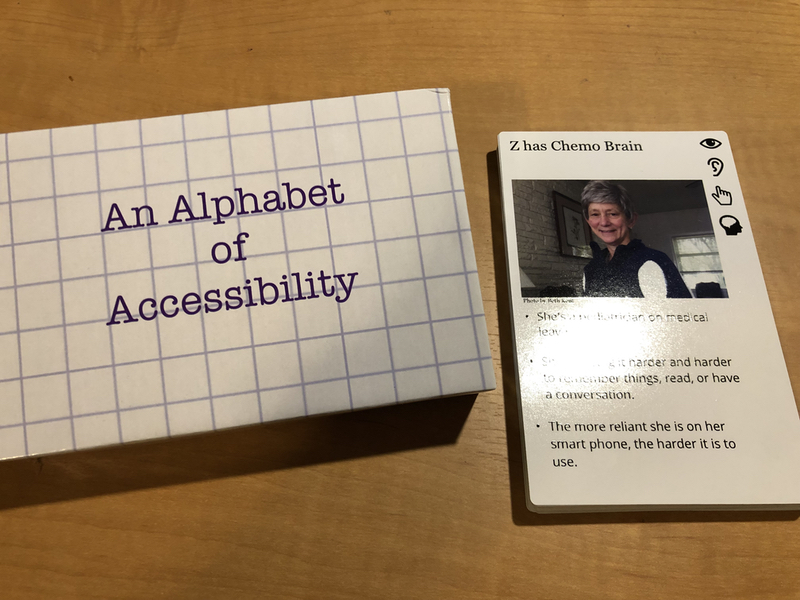Presenting Design Work by Donna Spencer captures everything I’ve learned about that harrowing process of presenting a web design for review and turned it into a six chapter book you can read over two lunch hours.
I am thrilled that this book emphasizes rigor in the craft of creating and presenting designs.
So many times I’ve sat through reviews where the designer couldn’t tell me what the business problem was, why the user needed the changes, how the user would get from place to place, or what the unhappy paths looked like. They failed to take notes (sometimes showing up without even a note-taking device, like, say, a pencil or a laptop), gave me a tour of our components on the page instead of telling me how someone would use it, and thanked everyone when done — but never followed up to let us know what they’d decided. Then, later, they complained that the product manager steamrolled their input on designs or ignored their feedback.
This book demands a lot of the person who wants to be successful. You have to think about your audience, practice presenting, take notes (or find someone who will), understand the problem you’re building against, understand the feedback you’re given, and be rigorous in your feedback decision-making process.
It also works. It works so very well. And it garners trust between us and our business and engineering peers way better than any less-rigorous process is capable of doing.
As soon as I started reading it, I started messaging people I know mentoring designers and said “yeah this book? this is the one you want.”

